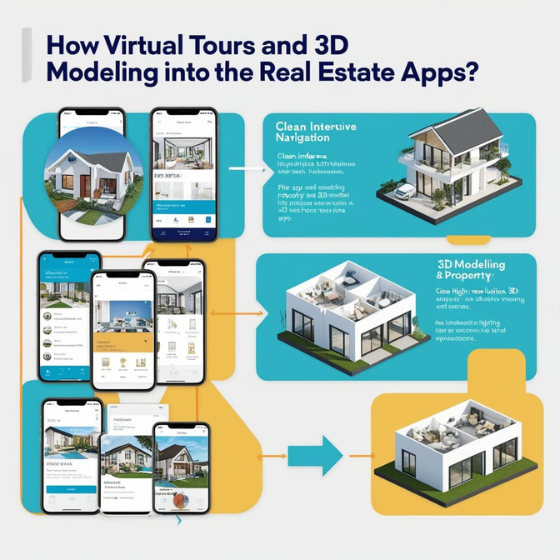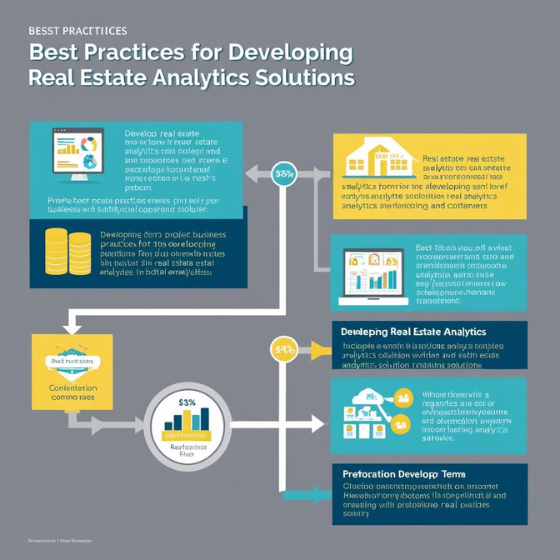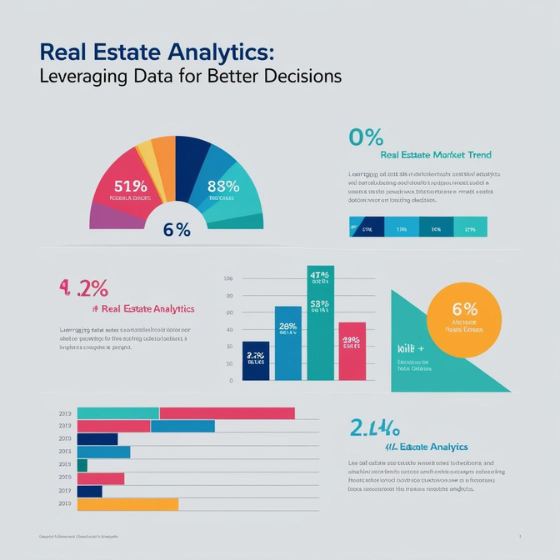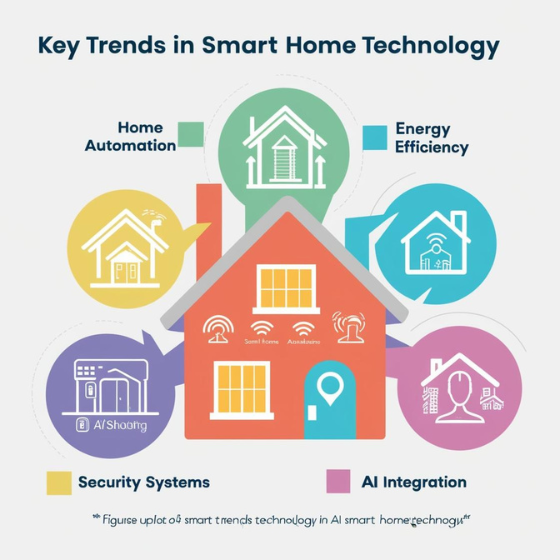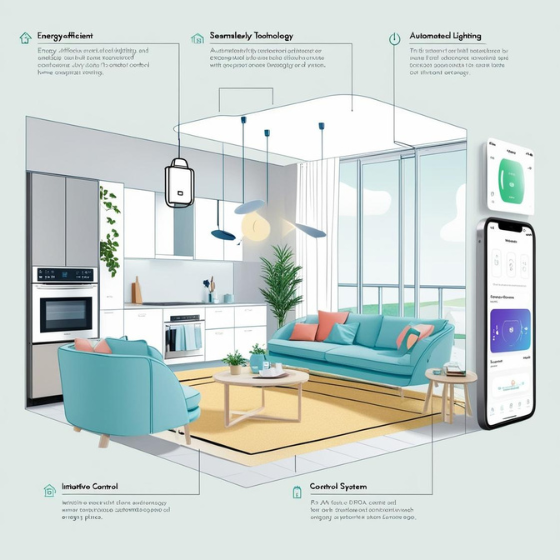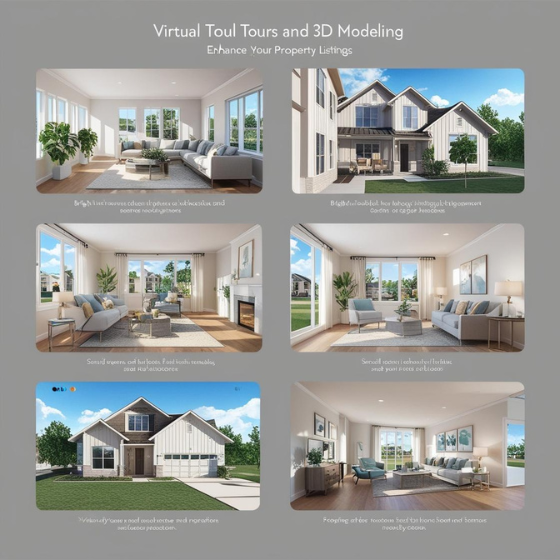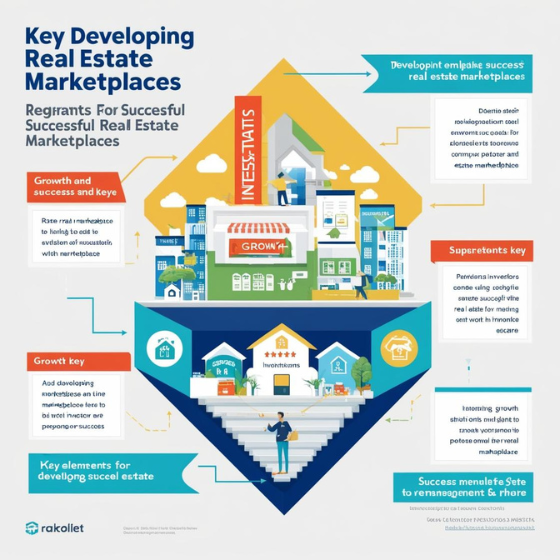How to Integrate Virtual Tours and 3D Modeling in Real Estate Apps
Introduction
Imagine being able to explore your dream home from the comfort of your couch. According to the National Association of Realtors, 44% of buyers begin their property search online, and over 73% of them express interest in virtual tours. This shows how essential immersive experiences have become in the modern real estate market. If you’re a developer or a real estate business owner, understanding how to integrate virtual tours and 3D modeling in real estate apps is the key to capturing user attention, enhancing engagement, and driving conversions.
In this blog, we’ll delve into the significance of virtual tours and 3D modeling, the steps to integrate them effectively, and how they can transform the real estate industry. You’ll also learn about innovative solutions Sodio offers to help you create cutting-edge real estate applications.
Why Virtual Tours and 3D Modeling Are Game-Changers in Real Estate
Virtual tours and 3D modeling are no longer optional features—they are necessities. Here’s why:
- Improved User Experience
- Buyers can explore properties in detail without needing to visit them in person.
- Features like 360-degree views and interactive walkthroughs provide a lifelike experience.
- Time Efficiency
- Both buyers and sellers save time by narrowing down options virtually.
- Realtors can reduce unnecessary site visits and focus on serious inquiries.
- Global Reach
- Expats or out-of-town buyers can make informed decisions without traveling.
- 3D modeling breaks geographical barriers, making your app globally accessible.
By integrating virtual tours and 3D modeling, real estate businesses enhance their value proposition and gain a competitive edge.
Steps to Integrate Virtual Tours and 3D Modeling in Real Estate Apps
1. Choose the Right Technology Stack
Selecting the right tools and technologies is the foundation of your app’s success.
- For 3D Modeling: Tools like Blender, SketchUp, or Revit are popular for creating detailed property models.
- For Virtual Tours: Use platforms like Matterport or Pano2VR to produce immersive 360-degree experiences.
- Integration Frameworks: Leverage APIs such as Unity or WebGL to seamlessly incorporate 3D and virtual content into your app.
At Sodio, we specialize in creating custom real estate solutions by integrating technologies that align with your business needs. Explore our mobile app development services for tailored assistance.
2. Optimize for Mobile and Web
Your app must deliver flawless virtual tours across devices. Focus on:
- Cross-Platform Compatibility: Use frameworks like Flutter or React Native for a seamless experience on Android and iOS.
- Cloud Storage: Host heavy 3D files on cloud platforms for faster load times.
3. Add Interactive Features
Interactivity enhances user engagement. Consider including:
- Clickable Hotspots: Users can click on elements (e.g., kitchen or bedroom) for detailed views.
- Customization Options: Allow buyers to change wall colors or furniture layouts virtually.
For an example, check out how Sodio’s custom app solutions enhance interactivity in real estate platforms.
4. Prioritize Data Security
Protect sensitive user data by incorporating security features such as:
- End-to-end encryption for 3D models and virtual tour data.
- GDPR compliance to safeguard user privacy.
Case Study: Virtual Tours Driving Real Estate Success
One of Sodio’s clients, a real estate startup, wanted to differentiate its platform in a competitive market. By incorporating virtual tours and 3D modeling in their real estate app, they achieved:
- 50% Increase in Engagement Rates: Interactive walkthroughs retained users for longer.
- 30% Boost in Conversion Rates: Buyers were more likely to inquire about properties after experiencing a virtual tour.
- Enhanced Brand Reputation: The app became synonymous with innovation, attracting a larger audience.
Want similar results? Learn more about our real estate app development expertise.
Benefits of Integrating Virtual Tours and 3D Modeling
1. Enhanced Buyer Confidence
Virtual tours provide a realistic preview of properties, allowing buyers to make informed decisions without physically visiting.
2. Reduced Operational Costs
Realtors can minimize expenses related to staging properties and conducting tours.
3. Faster Property Sales
By appealing to tech-savvy buyers, real estate apps with these features reduce the sales cycle.
4. Increased Customer Retention
An engaging app experience ensures users return, making your platform their go-to choice.
For more insights into building user-centric apps, check out Sodio’s design and development services.
Tips for Successful Integration
- Start Small and Scale Gradually
- Introduce virtual tours for high-value properties first.
- Expand to other listings as the feature gains traction.
- Test Extensively
- Conduct usability tests to identify and resolve glitches.
- Ensure smooth navigation across various devices.
- Keep It User-Friendly
- Simplify the interface so users can access virtual tours with minimal effort.
- Use tutorials or tooltips to guide first-time users.
- Leverage Analytics
- Track how users interact with virtual tours and 3D models.
- Use insights to improve the experience and prioritize popular features.
Future Trends in Real Estate Apps
The adoption of virtual tours and 3D modeling is just the beginning. Here’s what the future holds:
- AI-Powered Recommendations: Apps will suggest properties based on user preferences and browsing history.
- AR Integration: Augmented Reality will allow buyers to visualize how furniture fits into a space in real-time.
- Blockchain for Transactions: Blockchain technology will simplify and secure property transactions.
By staying ahead of these trends, Sodio ensures its clients remain industry leaders.
Conclusion
Integrating virtual tours and 3D modeling in real estate apps is no longer optional—it’s a necessity in today’s digital-first world. These features enhance user experience, boost engagement, and ultimately drive property sales. Whether you’re a startup or an established real estate business, investing in these technologies is a strategic move.
At Sodio, we specialize in building innovative real estate applications tailored to your business goals. Ready to take your app to the next level? Contact our team today and let’s bring your vision to life.
